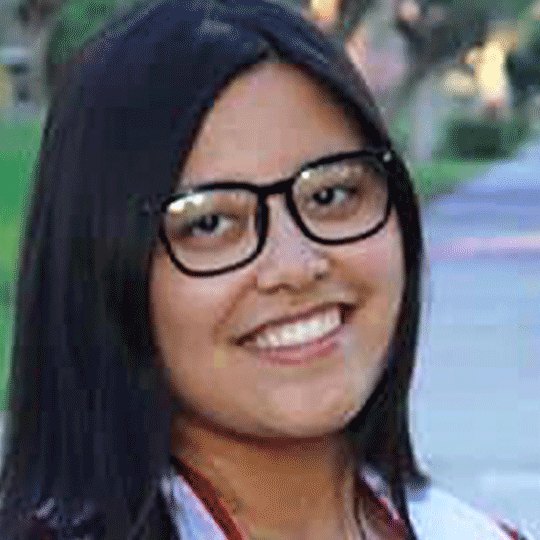June 1, 2021
STEM Transfer Program Manager
As a STEM transfer student, Veronica Villasenor faced the ordeal of transferring alone from her community college in Central California to Los Angeles. After garnering experience and expanding her network, she managed to establish the START Office, a resource center for transfer students.
The START Office, or STEM Transfer and Research Training, is an office at California State University Northridge (CSUN) that provides centralized resources, networking, and opportunities for transfer students.
The START Office was established in part to sustain BUILD PODER program, or Building Infrastructure Leading to Diversity Promoting Opportunities for Diversity in Education and Research. The program was created to build infrastructure and sustain research training at CSUN.
“I think one of the biggest challenges [of being a transfer student] is transfer shock, where [you] have to adjust to a new campus,” Villasenor said. “It’s like that limbo state where you have only a minute to figure it out and move forward—that was a challenge to me personally.”
Villasenor received her associate’s degree in biology at the College of the Sequoias and her bachelor’s degree at the University of California, Los Angeles (UCLA).
For the longest time, Villasenor has always been active in peer and career mentoring in her community college and at her university, thus leading her to her current position as the STEM Transfer Program Manager at the Health Equity and Research Education (HERE) Center.
“We wentthrough training and so forth on how to mentor these students so we could provide them enough information for them to transfer to any university,” Villasenor said. “With that training, it was a lot more helpful to provide the students with more information, but also, I saw myself in their shoes because I, too, was a STEM transfer student.”
At UCLA, Villasenor was a part of the Center for Community College Partnerships (CCCP) and mentored students on STEM careers, transfer student resources, and the University of California (UC) system.
She, and a couple of her fellow STEM peer mentors, co-founded a transfer club specifically for STEM students. Their goal was to develop and strengthen the STEM transfer presence on campus.
“I [was] deep in involvement at UCLA, and through that, I got to meet a lot of students, and [learn] a lot of different stories from community college stories, to those who are transferring in,” Villasenor said.
Through the network she formed at UCLA, Villasenor was able to work at BUILD PODER before ultimately working at the HERE Center as the STEM Transfer Program Manager. One of her coworkers at CCCP worked as a community college outreach specialist at BUILD PODER and referred Villasenor for the job.
From there on, her goal was clear—to establish a robust transfer center for students.
“I already had a vision of what I wanted to do,” Villasenor said.
In the Fall of 2019, the START Office was officially launched.
“We intend to build a transfer receptive culture through peer mentorship, workshops, annual research events, and recognition ceremonies,” Villasenor said in the START Office’s welcome message.
Under the START Office is the Badge Project, a two-year series of professional and academic development workshops for students—all of which are planned and executed by Villasenor.
“I was thinking, ‘what if we do a series of workshops?’ I could see that working out and if that’s the case, we could just make it more of a [formal program],” Villasenor said. “I worked on that for almost a year—I did focus groups, surveys, got some feedback and made edits until we launched it.”
According to Villasenor, the biggest highlight of working on the Badge Project at the Center has been collaborating with the students.
“In Fall 2019, we had one-on-one, in-person workshops, and the students were presenting the Badge Project or the START Office—you [could] see so much excitement and hope in their eyes,” Villasenor said.
In particular, she felt the biggest reward was hearing about the challenges the students faced when they transferred and how Badge became a support system for them.
“I think that has been the biggest reward from it,” Villasenor said. “[Specifically], seeing the change in the students.”

